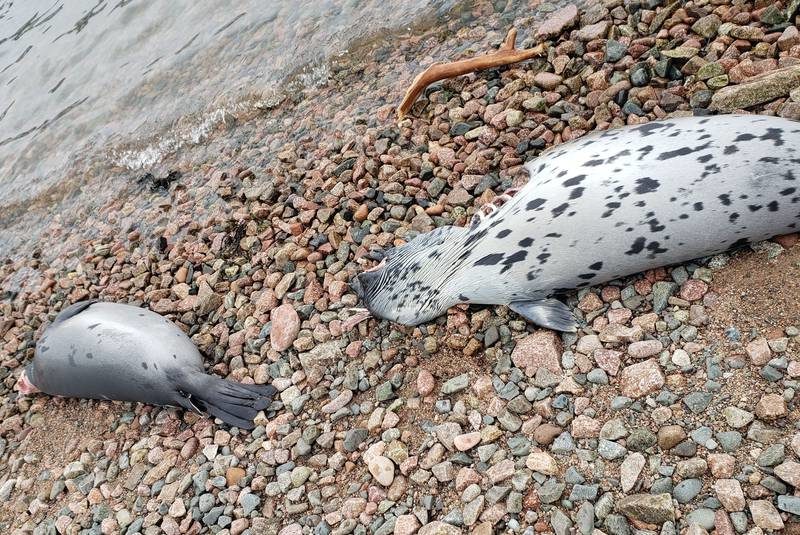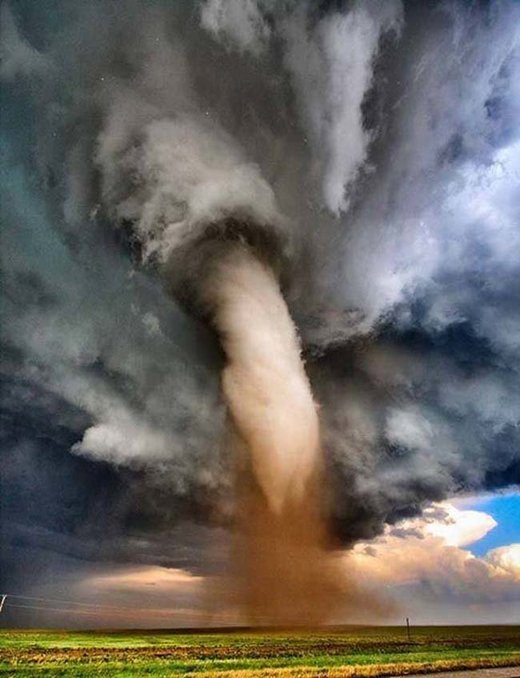
Jans Ellefsen, originally of Glace Bay and now of Halifax, was walking by the Fisherman's Wharf near the Englishtown ferry on April 4 when he noticed a couple of dead seals on the beach. As Ellefsen continued to walk, he continued to find more.
"It was shocking at first," he said. "I wondered how much further long this beach am I going to continue to see these seals? I just continued to follow the beach line and found 20 plus along there."
The seals ended up appearing to be confined along about a 500 to 1,000-foot stretch and in different stages of decay.
"Their bodies looked perfectly fine, there didn't seem to be any signs of trauma," he said.
"There were a couple carcasses that didn't have any decay at all."
Ellefsen communicated with the Department of Fisheries and Oceans and the Marine Animal Response Society (MARS) and was told a DFO officer would try to collect some of the carcasses for analysis.
Talking to the officers, he was told some situations in the past dead seals have been affected by ice movement, but a necropsy would be needed to determine what happened and they also like to assess them for any infections and viruses.
A chiropractor and clinical director of Kinesis Health Associates in Dartmouth, Ellefsen said he and wife Jennifer Morrison, also originally of Glace Bay, have had a cottage in St Anns for about eight years now and frequently travel back and forth. However, on Sunday after Nova Scotia Premier Stephen McNeil and Nova Scotia's Chief Medical Officer Dr. Robert Strang asked people not to travel between their homes and cottages during Sunday's press conference, Ellefsen said they packed up and headed home Monday.
Andrew Reid, response co-ordinator for MARS, said they were in contact with DFO to see if any carcasses could be collected for a necropsy.
"It seems like most of these seals are in a fairly advanced decomposition state and wouldn't be appropriate for necropsy," he said. "Depending what they find we may have a few of these collected and temporary freeze them until we can have necropsies done."
Although it's not unusual to freeze a carcass until the society can arrange and coordinate with the veterinaries they work with for a necropsy to be performed, under the circumstances of the COVID-19 it's more of a necessity now.
DFO was on the scene Monday morning. Later Monday, Reid was informed DFO was unable to find any carcasses suitable for a necropsy.
Reid said such situations vary year to year but there have been occasions they've gotten juvenile seals washing ashore about this time of year.
"It does happen and there are a number of possibilities but in order to confirm a cause of death a necropsy would have to be done."
Reid said often by the time seals wash into shore, they are often too decomposed so many times they don't end up with a confirmed answer on what killed them.
Scott Phillips, area chief for DFO Conversation and Protection for Eastern Nova Scotia, said there was nothing suitable they could gather for MARS for a necropsy.
"We did take some pictures and examined the animals and sent the information off to MARS," he said. "Based on their recommendation there was nothing there that fit the criteria that they needed for doing a necropsy."
Phillips, a former fisherman who grew up in Main-a-Dieu, has seen this happen quite a bit in the spring time when the ice is about to leave the area. A lot of time what happens is the seals come up through the openings in the ice — like they normally do — but this time of the year the ice is moving quickly and it will damage the seals, he said.
"It will close on them that fast and normally it's the head that gets injured."
The main point, Phillips said, it's not uncommon to see this happen but it's usually more common to see it around Scatarie Island and Bird Island.
"Areas where people aren't but where the seal population is," he said. "That's where you usually see the amount of these types of injuries. But because of the way the tides were this year, I can only guess that's why they've been coming up on more of the public beaches, why this is what we're seeing."



Reader Comments
to our Newsletter